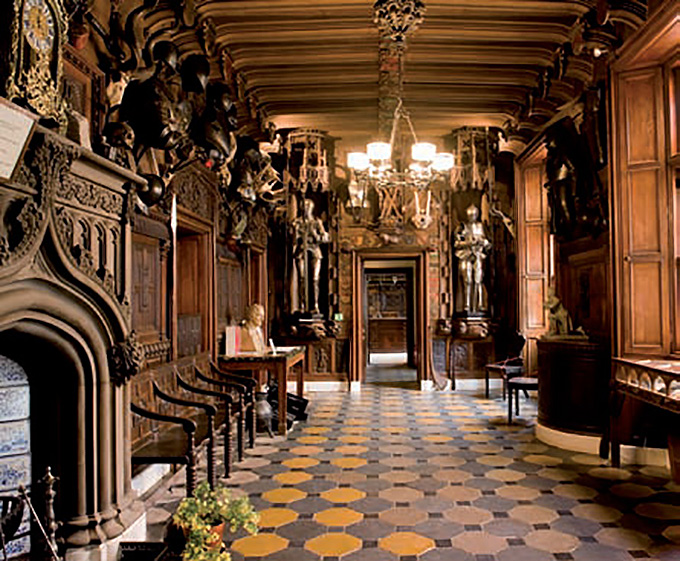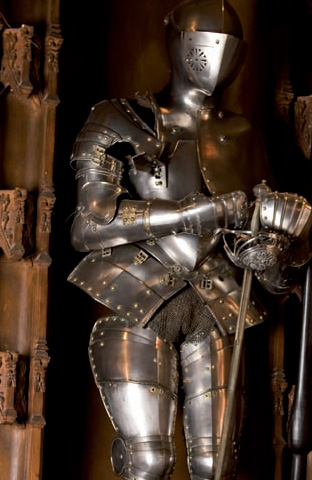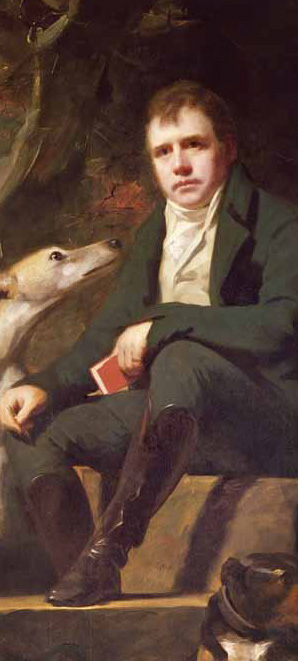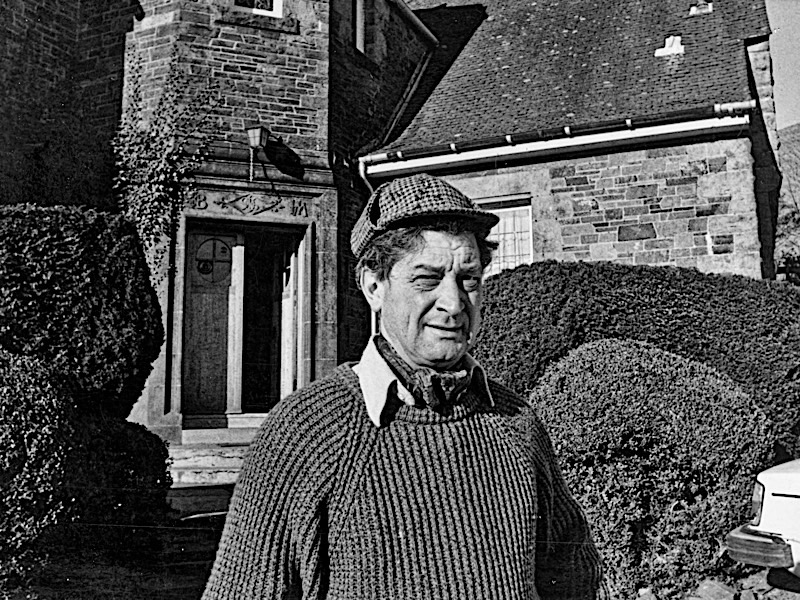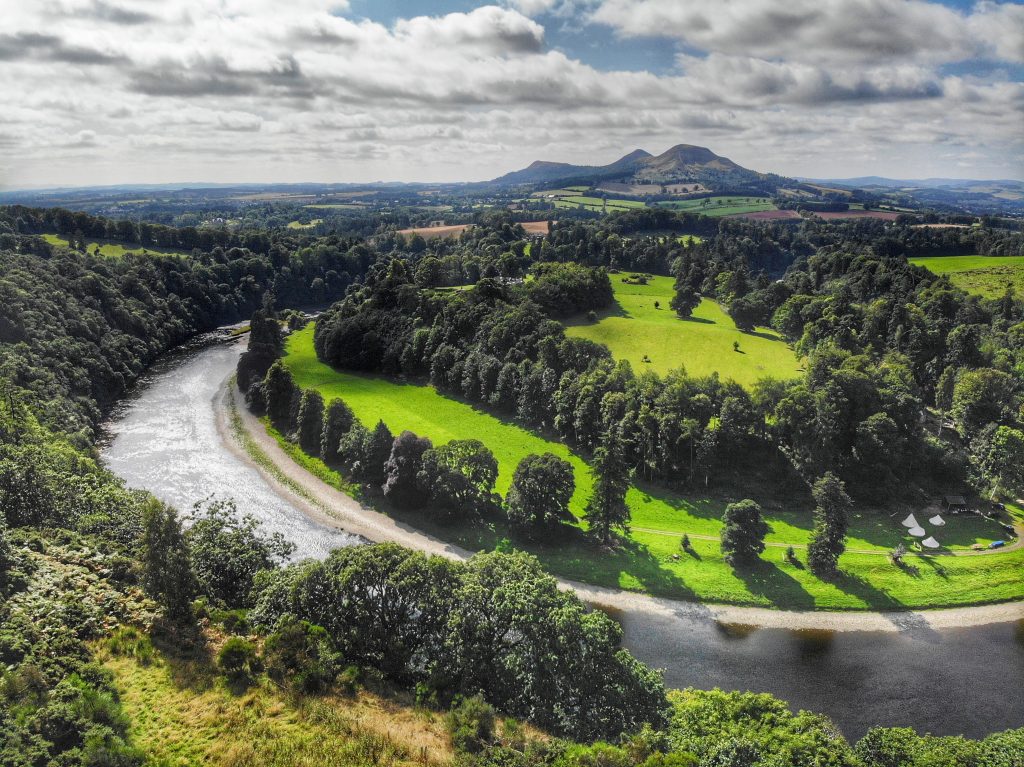A close encounter with Reid’s Assassin, Munroe’s Killer, the Butcher and Sweeney Todd leaves little to the imagination as to the likely outcome.
But names can be deceptive. The avuncular sounding Jock Scott, the amiable Garry Dog and a Greenwell’s Glory are every bit as deadly and all are prized for the fatal attraction they hold for unsuspecting salmon and trout.
Pity the poor fish, after journeying thousands of miles from the Atlantic and North Sea to return home to the Scottish Borders and the River Tweed, trying to say no to the seductive lures of these highly efficient killers.
Our murderous mob is, of course, part of the fly fishing family, and the second bunch of hooks are Border specialities from Victorian times that have since gone on to international fame.
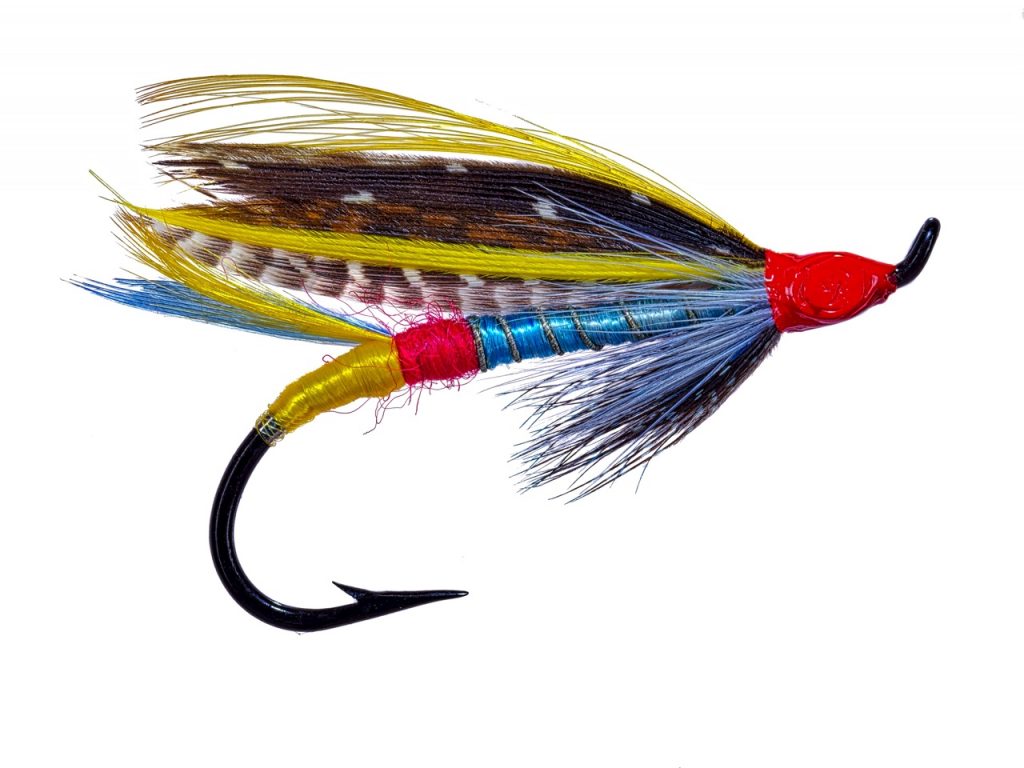
Even then the Tweed, Scotland’s second longest river, was a magnet for those who were turning fly fishing into a sporting art form.
And in communities up and down the riverbanks, fishing supported a range of related service and cottage industries. Among them were rod making, undergoing a design revolution from 1850 onwards to enable anglers to land bigger fish, demand for ghillies to act as river guides for visiting parties and fly tying.
In the village of Sprouston a couple of miles east of Kelso, the Tweed had provided the main source of income for members of the Wright family for generations. Their cottage (still standing today) overlooked a stretch of water famed for its fishing and Sprouston confidently advertised itself as a provider of “good accommodation for those who come to fish.”
The head of the family, at the age of 22 and responsible for two younger brothers and a sister, was Jimmy Wright who had followed in his father George’s footsteps to work as a fly hook dresser. Over the next ten years, still living in Tweedmouth Cottage, he would marry Jessie and they would have four children.
He would also meet avid fly fishing enthusiast Canon William Greenwell, the larger than life librarian of Durham Cathedral, a partnership that made a contribution to fly fishing that endures to this day and has made both men household names among those who follow the sport.
Their legacy is the ‘Greenwell’s Glory’ a wickedly successful trout fly first dressed by Jimmy in 1854.
Canon Greenwell was in the habit of leaving the pressures of pastoral life behind and heading north to the Borders with the Durham Rangers Fishing Club that had waters at Sprouston and Henderside.
On a particularly thin day he noticed the fish taking flies he didn’t recognise, so he caught some and went to Jimmy, reputedly the best fly tier on the Tweed, to produce an imitation. The result is still described as the best wet trout fly of all time.
Armed with the new creation Canon Greenwell is later recorded as having a “fine day’s sport” with enough trout left over to fill his pockets as well as his kreel. He fished for 64 seasons and Greenwell’s Glory continues to be the downfall of many a wily trout.
Jimmy, meanwhile, went on to create many more famous flies before his death in 1902 at the age of 73, among them Silver Grey, Durham Ranger, Thunder and Lightening and Garry Dog.
There’s no evidence to suggest he ever met his fly tying contemporary, John ‘Jock’ Scott, but he would certainly know of him and would have been full of admiration for the eponymous Jock Scott salmon fly.
John hailed originally from Branxholme just south of Hawick and worked as a fisherman for Lord John Scott of Kirkbank on Tweed. His salmon fly was created as he whiled away the hours during a sailing passage to Norway.
For fly fishing followers this is the fly for all seasons and the best blend of colour ever put together for catching salmon. Immortalised in books and enhanced by reputation, few fly boxes in the world are without a Jock Scott. In Canada, another fishing Shangri-la, the Jock Scott was recently featured on a commemorative set of stamps.
Shortly after making its debut on the Tweed the rights to manufacture and sell the Jock Scott were snapped up by Forrest of Kelso, a hunting and fishing business founded in 1837 and run by brothers George and John.
Forrest of Kelso thrives to this day in Bridge Street where partner Trevor Black continues to provide equipment and services locally and to visitors.
“The Jock Scott is probably the best know salmon fly in the world and is definitely one of the most successful. It’s suitable for all kinds of weather and waters and is ruthlessly effective. We are extremely proud of the fact that this is where it all started and that flies originally designed and made locally are now world beaters.
“The fishing industry is hugely important to the area and we are fortunate to have best Atlantic salmon river in Europe and possibly the world right on our doorstep,” said Trevor.
Greenwell’s Glory, Jock Scott and scores of other colourful characters are cast across the Tweed’s moody, if bountiful, waters by thousands of fly fishers over the course of the season – one of the longest, running from Feb 1 to November 30.
